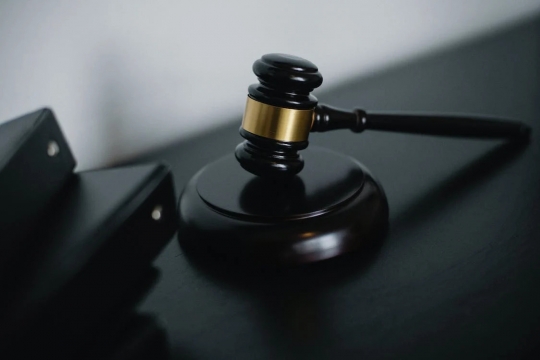A Call for Accountability: Exploring the Camp Lejeune Water Contamination Lawsuit

Residents and employees at the Camp Lejeune Marine Corps facility in North Carolina were unwittingly subjected to contaminated drinking water for decades.

Routine water treatment plant monitoring and water supply well samples at Camp Lejeune revealed the existence of several hazardous substances in the drinking water, according to a study by the Agency for Toxic Substances and Disease Registry.
Trichloroethylene (TCE), tetrachloroethylene (PCE), vinyl chloride (VC), and benzene are among these compounds. These colorless compounds have all been connected to a variety of negative health impacts, including cancer and other severe diseases.
The Camp Lejeune water contamination lawsuit seeks to hold those responsible accountable for their actions and to provide justice for the victims and their families.
Background of Camp Lejeune Water Contamination
The Camp Lejeune water contamination began in the 1950s and continued until the 1980s. The contamination was due to various industrial activities and waste disposal practices on the base. The water supply was contaminated with toxic chemicals which have been linked to numerous health problems.
It is estimated that up to one million people were exposed to the contaminated water, including Marines, their families, and civilian workers. However, the contamination was not acknowledged by the authorities until the 1990s.
The Impact of the Contamination
The Camp Lejeune water pollution has had disastrous health consequences. Many base inhabitants and employees have acquired severe illnesses, such as cancer, leukemia, and birth defects. Exposure has also been connected to neurological diseases like Parkinson's and multiple sclerosis.
The impact of the contamination has been felt not just by the victims but by their families as well. As a result, many families have also filed lawsuits seeking compensation and justice for the harm caused to their loved ones.
Law firms like TorHoerman Law have helped many of the victims and their families file a Camp Lejeune lawsuit and helped them in the legal battle against the federal government and the companies responsible for the contamination.
It is worth noting that there are many other law firms representing the victims and their families in this legal battle. Each law firm has its own approach to tackling cases of environmental contamination and toxic exposure, and it is important for victims and their families to explore their options before deciding on legal representation.

The Lawsuit and Its Progress
According to an article on JD Supra, it was not until 1999 that the Marine Corps first became aware that the drinking water at Camp Lejeune was contaminated with toxic chemicals. After this discovery, the Marine Corps began notifying former residents and service members who may have been exposed to these chemicals during their time at the base.
The story also discusses Laura Jones, the wife of a former Marine, who launched the first case against the US government over the Camp Lejeune water pollution in 2009. Jones and her spouse resided at Camp Lejeune from 1980 to 1983, and they were most likely subjected to contaminated drinking water during that period.
While the progress in the lawsuits has generally been slow, there have been a number of recent developments in the past few months.
A recent post on the Lawsuit Information Center suggests that the number of lawsuits related to Camp Lejeune water contamination is increasing rapidly. The post notes that after the passage of the Camp Lejeune Justice Act (CLJA) last year, many victims of the contamination filed administrative claims with the Judge Advocate General (JAG). These claims became eligible to be converted to civil lawsuits after a six-month waiting period.
The Role of Accountability and Justice
The Camp Lejeune water contamination lawsuit highlights the need for accountability and justice when it comes to environmental negligence. The case shows how the actions of individuals and corporations can have serious and long-lasting consequences on public health and the environment.
It also stresses the significance of transparency and prompt action in dealing with environmental problems. Victims and their families have endured tremendously, and those responsible must be held accountable for their acts.
Conclusion
The Camp Lejeune water contamination lawsuit serves as a reminder of the devastating impact that environmental negligence can have on individuals and communities. The slow progress in the legal battle highlights the challenges of holding those responsible accountable for their actions.
However, the increasing number of lawsuits and recent developments demonstrate that the fight for justice and compensation continues. It is crucial for individuals and corporations to take responsibility for their actions and prioritize transparency and timely action in addressing environmental issues to prevent similar tragedies in the future.





